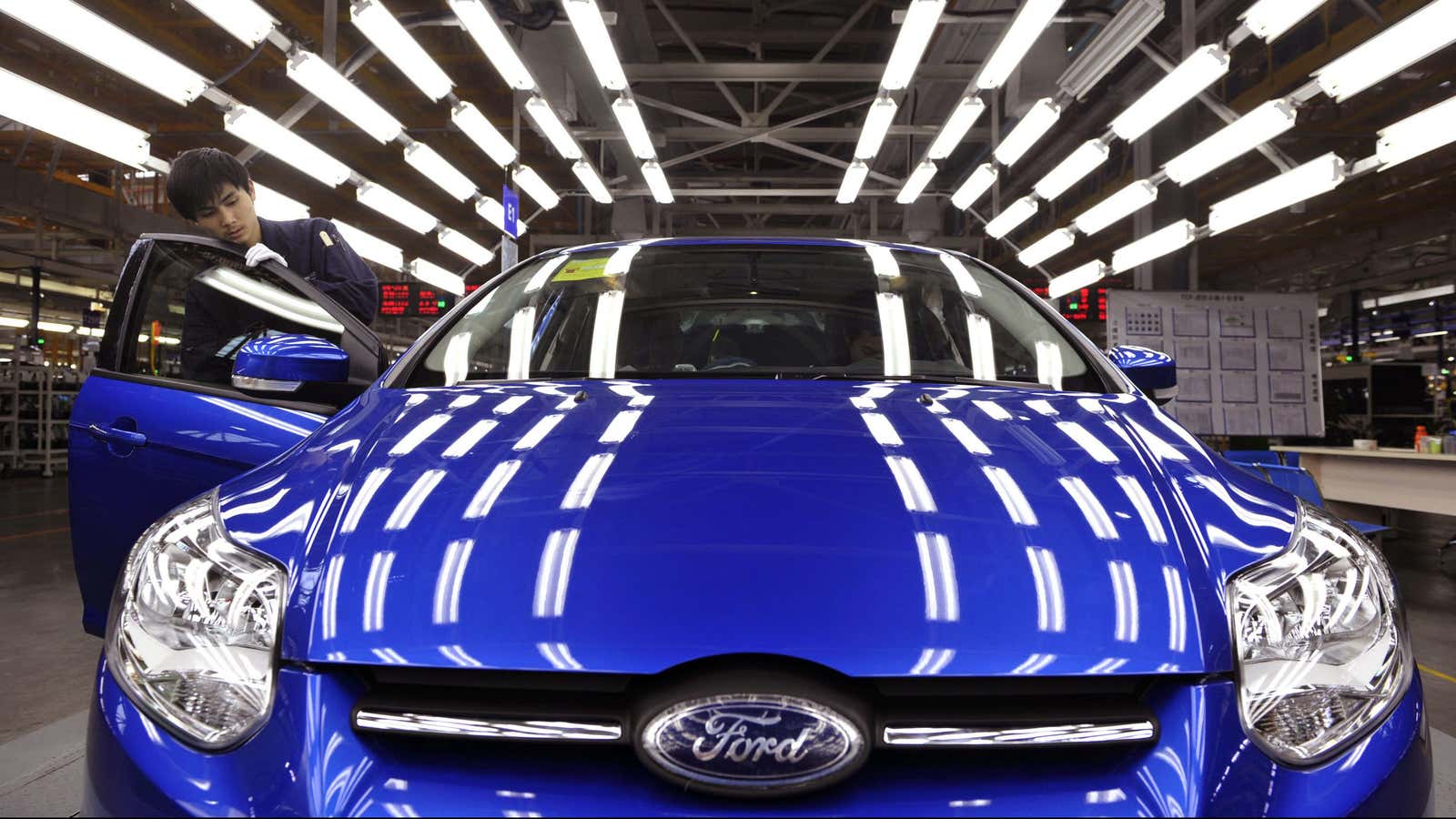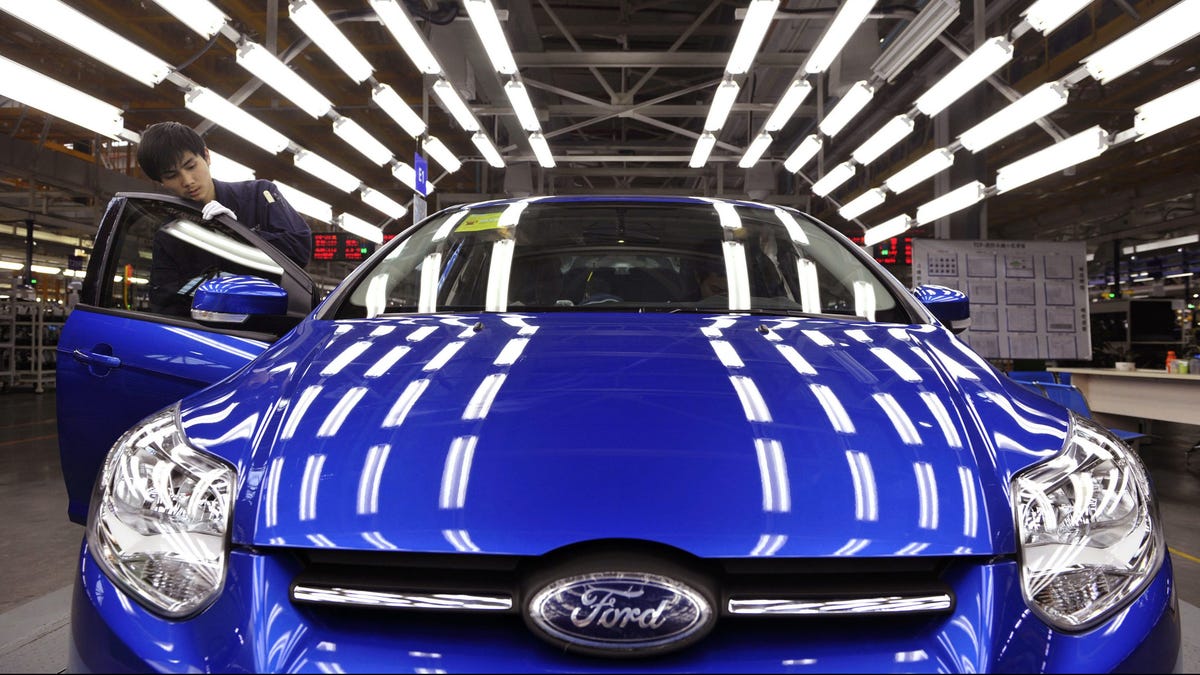## Is the Dragon’s Breath Fueling Ford’s Engine? 🐉🚗 While the global auto industry grapples with shifting sands and electric dreams, Ford is roaring to success in a land where dragons are more than just mythical creatures. Reuters reports that Ford’s China business raked in a cool $900 million last year, raising eyebrows and sparking questions. Is China the secret sauce behind Ford’s newfound vitality, or is this just a temporary bump on the road ahead? Dive into the story and discover what’s fueling Ford’s fiery performance in the East.
Implications for US Manufacturing: A Shifting Landscape
NAFTA’s Enduring Legacy

Ford’s decision to manufacture the Focus in China instead of Mexico has sparked debate about the enduring legacy of NAFTA and its impact on US manufacturing. While NAFTA, which dissolved trade tariffs between the US, Mexico, and Canada, has fostered a highly integrated production system in North America, the shifting global economic landscape raises questions about its long-term relevance.
The automotive industry, in particular, has benefited from NAFTA’s flexibility, allowing it to set up production where it makes the most economic sense. However, as Ford’s move demonstrates, labor costs and market dynamics are increasingly playing a more critical role in manufacturing decisions. The question remains whether the advantages offered by NAFTA are sufficient to maintain US manufacturing competitiveness in the face of lower-cost production options in other parts of the world.

The Future of US Auto Production
Ford’s decision represents a potential trend in the future of US auto production. While the US remains a major manufacturing hub, the rise of lower-cost production regions, coupled with the increasing demand for SUVs and trucks, could lead to a further shift in production location.
This shift could have implications for US labor costs and the competitiveness of American automakers. Companies may be forced to invest in automation and innovation to maintain their edge. Furthermore, the potential for job losses in traditional manufacturing sectors could necessitate reskilling and retraining programs to equip the workforce for new opportunities in emerging industries.
Beyond the Bottom Line: The Political Dimension
Trump’s Trade Rhetoric
Ford’s decision to manufacture in China comes at a time of heightened political sensitivity surrounding trade and manufacturing. President Trump’s campaign promises to bring back manufacturing jobs to the US and his ongoing trade war with China have created a volatile political landscape. The decision to manufacture the Focus in China could be perceived by some as contradicting these promises and further inflame trade tensions.
Balancing Economic Interests and National Security
The Ford case highlights the complex interplay between economic considerations and national security concerns in the automotive industry. While manufacturing in China may be economically advantageous for Ford, it raises questions about the potential dependence on foreign suppliers for critical components and technologies.
This dependence could pose risks to national security, particularly in the context of geopolitical tensions and supply chain disruptions. The US government is increasingly focused on reducing its reliance on foreign manufacturing and promoting domestic production of critical goods, including automobiles.
Conclusion
Ford’s $900 million profit in China last year speaks volumes about the company’s strategic maneuvering in the world’s largest auto market. Despite global headwinds and fierce competition, Ford has carved out a niche for itself by focusing on popular SUVs and electrified vehicles, demonstrating a keen understanding of evolving consumer demand. This success underscores the continued importance of China for automakers worldwide, highlighting the immense potential and, yes, the complexities, of navigating this dynamic market.
Looking ahead, Ford’s China story is likely to be one of continued adaptation and innovation. As China pushes towards electric mobility and autonomous driving, Ford will need to double down on these technologies to maintain its competitive edge. This profit milestone is a testament to their current strategy, but it’s also a call to action, urging them to remain agile and invest in the future of mobility in China. The world will be watching closely as Ford continues to write its chapter in this automotive epicenter.
